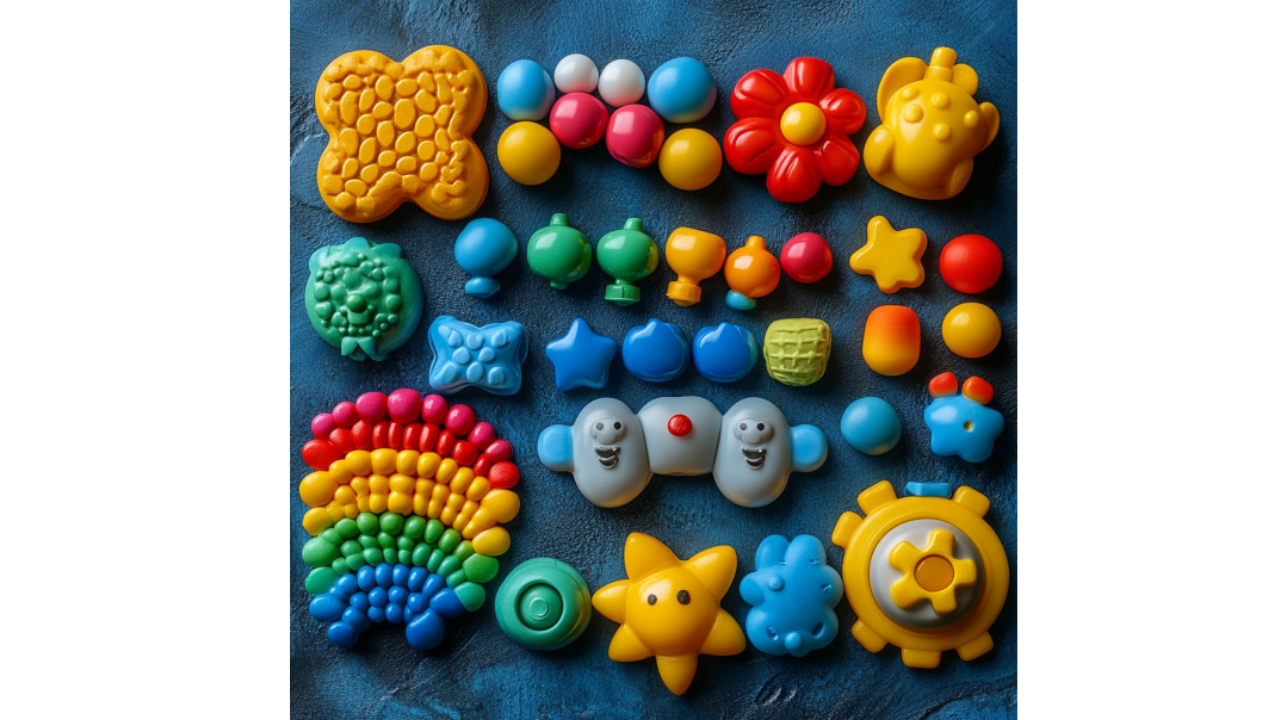Autism Marketing Jobs: Harnessing Unique Talents in the Marketing World
The marketing industry, with its diverse range of roles and responsibilities, offers numerous opportunities for autistic individuals to showcase...
3 min read
 Neurodivergence Writing Team
:
Oct 21, 2024 9:35:56 PM
Neurodivergence Writing Team
:
Oct 21, 2024 9:35:56 PM

Brands must increasingly consider diverse communication preferences to create inclusive and effective strategies. For autistic people, communication styles can differ significantly from the neurotypical population. Understanding these communication preferences allows marketers to engage meaningfully with the neurodiverse community while promoting authenticity and respect.
This article explores autistic communication styles, how they influence interactions on social media, and what marketers can do to make their social media content more inclusive and engaging for autistic users.
Autistic communication styles are often characterized by:
Social media platforms are often fast-paced and filled with sensory overload, metaphor-heavy language, and implicit meanings. This can make it difficult for autistic users to engage with typical social media marketing strategies that rely heavily on humor, hidden meaning, or emotional appeals.
Some key challenges include:
To create more inclusive marketing campaigns, brands should consider adapting their social media approaches to accommodate neurodiverse communication preferences:
Brands should prioritize clarity and avoid unnecessary complexity in their messaging. Using simple, direct language that is easy to understand can make social media posts more accessible to autistic users.
Avoid overwhelming sensory input in social media posts. For instance, ensure that visuals are clean and not too cluttered, avoid fast flashing images or animations, and reduce excessive sound effects in videos.
Consistency in tone and style is key to maintaining trust and understanding with autistic users. Brands should aim to keep their voice consistent across different posts, platforms, and campaigns to ensure clear communication.
Many autistic individuals have special interests—areas of deep focus and enthusiasm. Brands can engage autistic consumers by creating content that dives deeply into specific topics rather than focusing on surface-level engagement. This can create a sense of inclusion and connection with neurodiverse audiences who value depth and expertise.
Since some autistic individuals may find written communication easier to process, brands should provide transcripts or captions for videos, along with well-organized and easy-to-read written content. This enhances accessibility and ensures users can consume content at their own pace.
To foster more authentic communication, brands can collaborate with autistic influencers or creators. This not only amplifies neurodiverse voices but also allows brands to better understand how to create content that genuinely connects with autistic individuals.
Social media marketing offers unique opportunities to connect with diverse audiences, including the autistic community. However, traditional approaches to social media marketing may not resonate with the communication preferences of neurodiverse individuals. By incorporating clear messaging, sensory-friendly content, consistent communication, and engaging deeply with topics of interest, brands can create more inclusive and authentic social media experiences.
Embracing these strategies not only enhances engagement with autistic consumers but also fosters trust, loyalty, and a more inclusive brand identity in today’s diverse digital landscape.

The marketing industry, with its diverse range of roles and responsibilities, offers numerous opportunities for autistic individuals to showcase...

Sensory branding has become a powerful tool for creating emotional connections with consumers. By appealing to multiple senses—sight, sound, touch,...
-1.png)
The tornado siren wails. Emergency alerts buzz on phones. News anchors speak with escalating urgency about "seeking shelter immediately." For most...